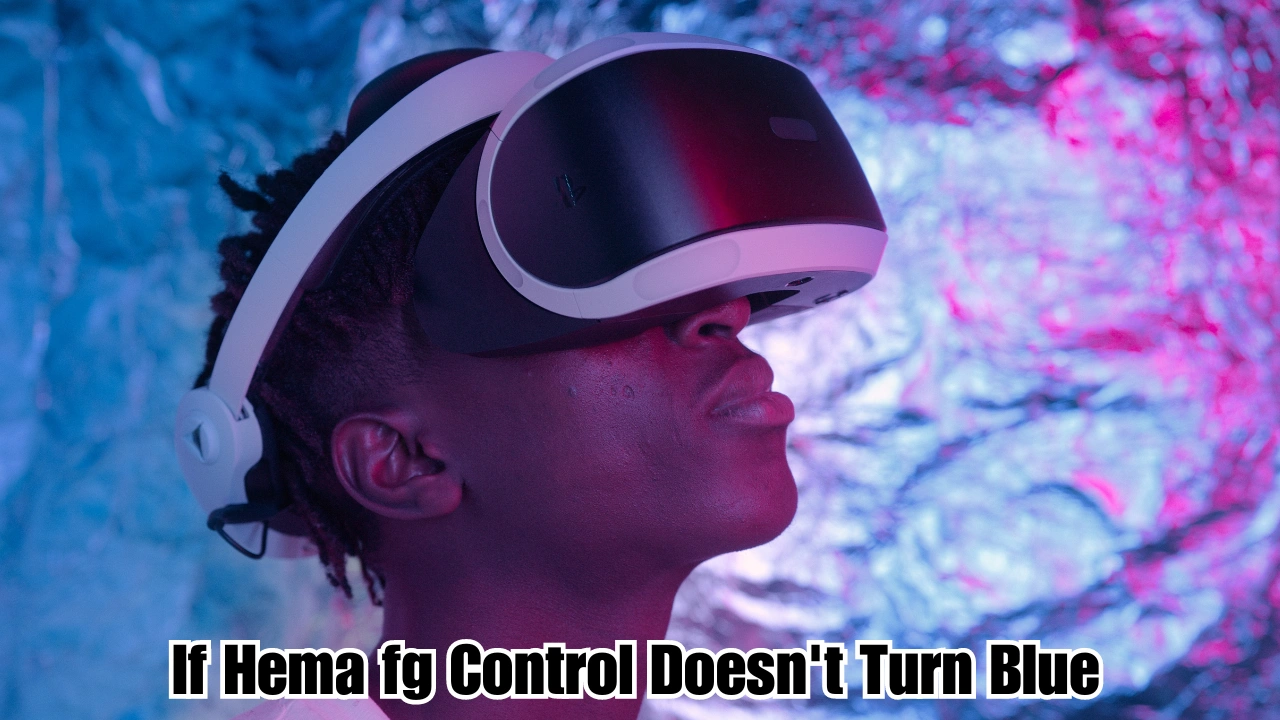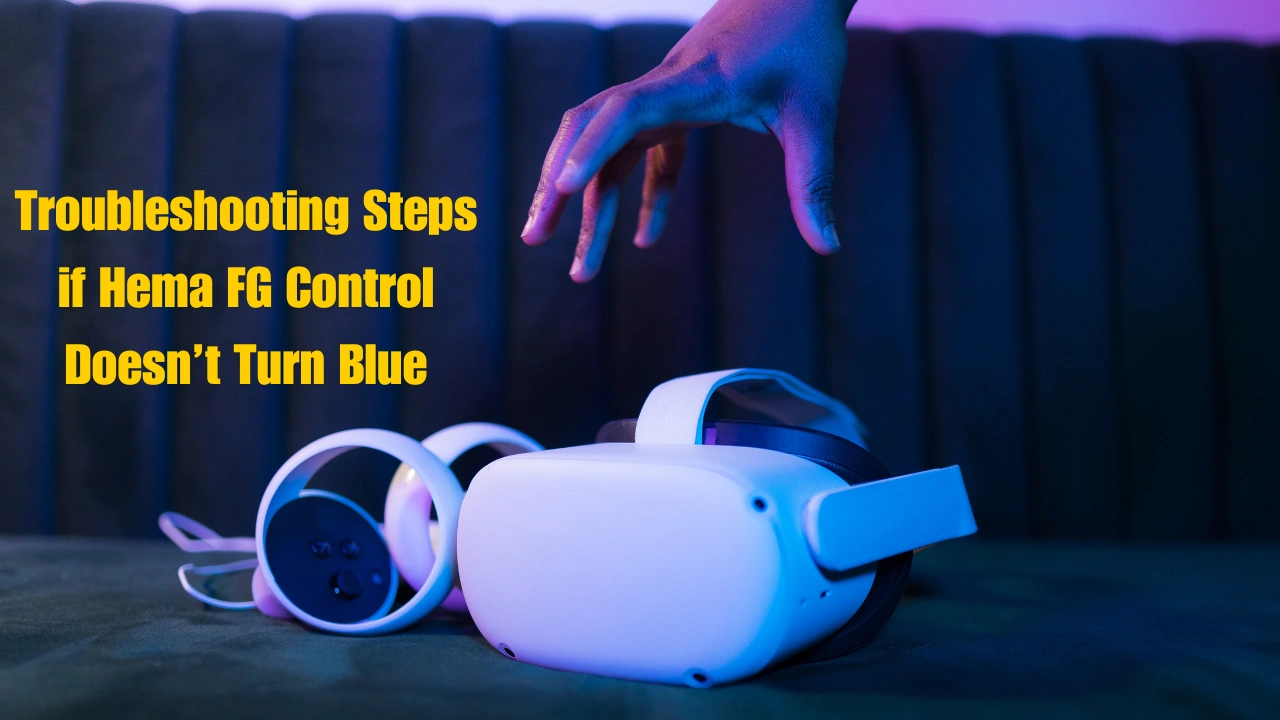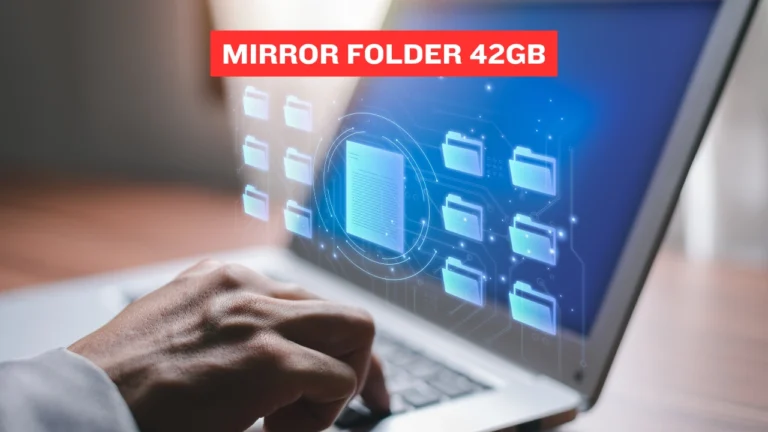If Hema FG Control Doesn’t Turn Blue: Steps For Accurate Results

In clinical laboratories, the Hema FG control test plays a crucial role in diagnosing conditions like fetal-maternal hemorrhage. This test works by detecting fetal red blood cells in the mother’s bloodstream, with a color change to blue serving as a positive indication. However, what happens if Hema FG control doesn’t turn blue? This issue can raise concerns about the accuracy of the test and its results. In this article, we will explore the possible causes, troubleshooting steps, and preventive measures to ensure the reliability of this test.
Understanding the Hema FG Control Test
The Hema FG control test uses reagents that, when mixed with a maternal blood sample, should trigger a colorimetric reaction. If fetal blood cells are present, the solution turns blue, confirming the presence of these cells. This color change is essential for interpreting the test correctly.
However, if Hema FG control doesn’t turn blue, it often points to an underlying problem that needs to be addressed quickly to avoid inaccurate results. There are several reasons why this issue might occur, ranging from problems with the reagents to procedural errors.
Common Causes of Hema FG Control Not Turning Blue
When the Hema FG control fails to turn blue, it’s essential to identify the root cause. Some of the most common factors include:

1. Expired or Faulty Reagents
Reagents have a limited shelf life, and when they expire or are exposed to improper storage conditions, their chemical composition can degrade. This degradation prevents the expected color reaction from occurring. Always check the expiration date of your reagents, and store them according to the manufacturer’s recommendations. If Hema FG control doesn’t turn blue, this is often the first issue to investigate.
2. Improper Storage Conditions
Reagents need to be stored in cool, dry conditions away from direct sunlight or extreme temperatures. Exposure to heat or moisture can alter their effectiveness. Even reagents that are within their expiration date can fail to work properly if they’ve been stored incorrectly.
3. Procedural Errors
The Hema FG control test requires strict adherence to the protocol. Missing a step, such as improper mixing or not allowing the reagents enough time to react, can result in a failed test. Review the test instructions to ensure that each step is followed carefully.
Troubleshooting Steps if Hema FG Control Doesn’t Turn Blue
Once you’ve identified that the Hema FG control isn’t turning blue, it’s time to troubleshoot the issue. Here are some essential steps to take:

- Check the Expiration Date
The first thing to do is check the expiration dates on all reagents and kits being used. Expired chemicals are a common culprit when Hema FG control doesn’t turn blue. Using fresh, in-date reagents is critical for obtaining accurate results. - Review the Procedure
Even minor deviations from the testing protocol can result in a failure. Carefully re-read the instructions and ensure that all steps, such as reagent mixing and timing, are done correctly. Consider running a fresh test after reviewing the steps. - Inspect Storage Conditions
Reagents and control samples should be stored according to the manufacturer’s specifications. Make sure that they haven’t been exposed to extreme temperatures or moisture, which can degrade the chemicals. Proper storage is essential to avoid issues like this. - Use Fresh Reagents
If everything seems to be in order but the control still doesn’t turn blue, try using a fresh set of reagents. Sometimes even reagents that appear fine can degrade without visible signs, leading to faulty results.
Importance of Calibration and Equipment Maintenance
In some cases, if Hema FG control doesn’t turn blue, the issue may not lie with the reagents but with the equipment used in the testing process. Laboratory instruments like centrifuges and spectrophotometers must be regularly calibrated to ensure accurate results. If your equipment is out of calibration, it could affect the reaction and lead to incorrect results.
Regular maintenance and calibration of laboratory equipment are essential to avoid disruptions in diagnostic tests. If you suspect your equipment might be malfunctioning, have it inspected and recalibrated to ensure optimal performance.
Table: Common Causes and Solutions for Hema FG Control Not Turning Blue
| Cause | Solution |
|---|---|
| Expired Reagents | Check expiration dates and replace |
| Improper Storage Conditions | Store reagents in cool, dry conditions |
| Procedural Errors | Follow test protocol carefully |
| Equipment Malfunction | Calibrate and maintain lab equipment |
| Contaminated Samples | Ensure proper handling and sterility |
The Impact of Contaminated Samples
Another potential cause when Hema FG control doesn’t turn blue is contamination. If the sample or reagents are contaminated, it can interfere with the chemical reaction required to produce the blue color. Contamination may occur due to improper handling or using unsterilized equipment.
To avoid this, make sure that all samples are collected and handled in a sterile environment. Additionally, ensure that all equipment used in the test is clean and sterile. Even a small amount of contamination can prevent the test from functioning properly.
Preventive Measures for Reliable Testing
To avoid the issue of Hema FG control not turning blue, it’s crucial to follow preventive measures that ensure the reliability of the test. Regular training of laboratory personnel on the correct handling and storage of reagents is essential. Staff should also be well-versed in the testing procedure to avoid any procedural mistakes.
Another preventive step is to implement regular quality control checks. Running control tests frequently can help catch any potential issues early, such as degraded reagents or malfunctioning equipment. This helps maintain the accuracy and reliability of laboratory tests over time.
Conclusion
In conclusion, if Hema FG control doesn’t turn blue, it is important to act quickly to determine the cause and resolve the issue. Whether it’s due to expired reagents, improper storage, procedural errors, or equipment malfunction, taking the right steps can prevent inaccurate results. By understanding the potential causes and following troubleshooting steps, you can ensure that the test functions as intended and provides reliable diagnostic information.
Always remember to store reagents properly, follow the test protocol carefully, and maintain your laboratory equipment to avoid disruptions in testing. If issues persist, consult with the test kit manufacturer for further assistance. Accurate testing is crucial in clinical settings, and resolving this issue promptly ensures patient care is not compromised.
Frequently Asked Questions
an I still use the test results if the Hema FG control doesn’t turn blue?
No, if the control doesn’t turn blue, the test results cannot be trusted. The control is essential for confirming the test’s accuracy, and without it, the results may be invalid.
What should I do if the reagents are expired but the control doesn’t turn blue?
Replace the expired reagents with fresh ones. Expired reagents often degrade, preventing the necessary chemical reactions for the test to work correctly.
How can I prevent Hema FG control from not turning blue in future tests?
To prevent this issue, store reagents as per the manufacturer’s recommendations, follow the test procedure carefully, calibrate equipment regularly, and ensure samples are handled without contamination.
Can contaminated samples affect the Hema FG control test?
Yes, contamination can interfere with the chemical reactions needed for the test to function. Ensure proper handling and sterility to maintain sample integrity.






